Parameterized Fractal–Fractional Analysis of Ostrowski- and Simpson-Type Inequalities with Applications
Abstract
1. Introduction and Preliminaries
- For , the -type set of the element are given below:
- : The -type set of integer numbers is used to define the set .
- : The -type set of rational numbers is used to define the set
- &.
- : The -type set of irrational numbers is used to define the set
- & .
- : The -type set of real numbers is used to define the set =∪.
- The following operations hold for and belong to the set of real line numbers:
- (i)
- and belong to the set ;
- (ii)
- ;
- (iii)
- ;
- (iv)
- ;
- (v)
- ;
- (vi)
- ;
- (vii)
- and ;
- (viii)
- when and only when ;
- (ix)
- when and only when ;
- (x)
- = and .
- (1)
- (The local fractional derivative of at the local level):
- (2)
- (The local fractional integration is anti-differentiation):Let . Then, we have
- (3)
- (Local fractional integral by parts at a local level):Let and . Then, we have
2. Main Results
- (1)
- If we choose , then Corollary 1 will convert to
- (2)
- If we choose , then Corollary 1 will convert to
- (3)
- If we choose , then Corollary 1 will convert to
- (1)
- (2)
- (3)
- (1)
- If we choose and for all , then Corollary 2 will convert to
- (2)
- If we choose , then Corollary 2 will convert to
- (3)
- If we choose and , then Corollary 2 will convert to
- (1)
- (2)
- (3)
- (1)
- If we choose and for all , then Corollary 3 will convert to
- (2)
- If we choose , then Corollary 3 will convert to
- (3)
- If we choose and , then Corollary 3 will convert to
- (1)
- (2)
- (3)
- (1)
- If we choose and let also for all , then Corollary 4 will convert to
- (2)
- If we choose , then Corollary 4 will convert to
- (3)
- If we choose and , then Corollary 4 will convert to
- (1)
- (2)
- (3)
- (1)
- If we choose , then Corollary 4 will convert to
- (2)
- If we choose , then Corollary 5 will convert to
- (3)
- If we choose and , then Corollary 3 will convert to
- (1)
- If we choose , then Corollary 4 will convert to
- (2)
- If we choose , then Corollary 6 will convert to
- (3)
- If we choose and , then Corollary 6 will convert to
3. Comparison Examples with Graphical Analysis
4. Applications
4.1. Special Means over Fractal Sets
- (1)
- The generalized arithmetic mean:
- (2)
- The generalized n-logarithmic mean:
4.2. Quadrature Formula over Fractal Sets
4.3. Probability Density Function (pdf) over Fractal Sets
5. Conclusions
Author Contributions
Funding
Data Availability Statement
Acknowledgments
Conflicts of Interest
References
- Sarikaya, M.Z.; Ertugral, F. On the Generalized Hermite-Hadamard Inequalities. Ann. Univ. Craiova Math. Comput. Sci. Ser. 2020, 47, 193–213. [Google Scholar]
- Dragomir, S.S.; Pearce, C.E.M. Selected Topics on Hermite-Hadamard Inequalities and Applications; RGMIA Monographs; Victoria University: Melbourne, Australia, 2000. [Google Scholar]
- Mitrinovic, D.S.; Pecaric, J.E.; Fink, A.M. Classical and New Inequalities in Analysis. Mathematics and Its Applications; East European Series, 61; Kluwer Academic Publishers Group: Dordrecht, The Netherlands, 1993. [Google Scholar]
- Tqriq, M.; Butt, S.I. Some Ostrowski Type Integral Inequalities via Generalized Harmonic Convex Functions. Open J. Math. Sci. 2021, 5, 200–208. [Google Scholar] [CrossRef]
- Butt, S.I.; Javed, I.; Agarwal, P.; Nieto, J.J. Newton-Simpson-Type Inequalities via Majorization. J. Inequal. Appl. 2023, 2023, 16. [Google Scholar] [CrossRef]
- Butt, S.I. Generalized Jensen-Hermite-Hadamard Mercer Type Inequalities for Generalized Strongly Convex Functions on Fractal Sets. Turk. J. Sci. 2023, 8, 51–101. [Google Scholar]
- Saleh, W.; Lakhdari, A.; Abdeljawad, T.; Meftah, B. On fractional biparameterized Newton-type inequalities. J. Inequal. Appl. 2023, 2023, 122. [Google Scholar] [CrossRef]
- Dragomir, S.S. On Simpson’s Quadrature Formula for Mappings of Bounded Variation and Applications. Tamkang J. Math. 1999, 30, 53–58. [Google Scholar] [CrossRef]
- Dragomir, S.S.; Agarwal, R.P.; Cerone, P. On Simpson’s Inequality and Applications; RGMIA ReSearch Report Collection; School of Communications and Informatics, Faculty of Engineering and Science, Victoria University of Technology: Melbourne, Australia, 1999. [Google Scholar]
- Hezenci, F.; Budak, H.; Kara, H. New Version of Fractional Simpson-Type Inequalities for Twice Differentiable Functions. Adv. Differ. Equ. 2021, 2021, 460. [Google Scholar] [CrossRef]
- Umar, M.; Butt, S.I.; Seol, Y. Milne and Hermite-Hadamard’s Type Inequalities for Strongly Multiplicative Convex Function via Multiplicative Calculus. AIMS Math. 2024, 9, 34090–34108. [Google Scholar] [CrossRef]
- Li, H.; Meftah, B.; Saleh, W.; Xu, H.; Kilicman, A.; Lakhdari, A. Further Hermite-Hadamard-Type Inequalities for Fractional Integrals with Exponential Kernels. Fractal Fract. 2024, 8, 345. [Google Scholar] [CrossRef]
- Butt, S.I.; Khan, A.; Tipurić-Spužević, S. New fractal–Fractional Simpson Estimates for Twice Differentiable Functions with Applications. Kuwait J. Sci. 2024, 51, 100205. [Google Scholar] [CrossRef]
- Hezenci, F.; Budak, H.; Kosem, P. On New version of Newton’s Inequalities for Riemann-Liouville Fractional Integrals. Rocky Mt. J. Math. 2023, 53, 49–64. [Google Scholar] [CrossRef]
- Iftikhar, S.; Kumam, P.; Erden, S. Newton’s-Type Integral Inequalities via Local Fractional Integrals. Fractals 2020, 28, 2050037. [Google Scholar] [CrossRef]
- Jamei, M.M. Unified Error Bounds for all Newton Cotes Quadrature Rules. J. Numer. Math. 2015, 23, 67–80. [Google Scholar] [CrossRef]
- Al-Alaoui, M.A. A Class of Numerical Integration Rules with First Order Derivatives. ACM SIGNUM Newsl. 1996, 31, 25–44. [Google Scholar] [CrossRef]
- Sarikaya, M.Z.; Set, E.; Ozdemir, M.E. On New Inequalities of Simpson’s Type for Functions whose Second Derivatives Absolute Values are Convex. J. Appl. Math. Stat. Inform. 2013, 9, 37–45. [Google Scholar] [CrossRef]
- Moumen, A.; Boulares, H.; Meftah, B.; Shafqat, R.; Alraqad, T.; Ali, E.E.; Khaled, Z. Multiplicatively Simpson Type Inequalities via Fractional Integral. Symmetry 2023, 15, 460. [Google Scholar] [CrossRef]
- Ali, M.A.; Budak, H.; Zhang, Z.; Yildirim, H. Some New Simpsons Type Inequalities for Coordinated Convex Functions in Quantum Calculus. Math. Methods Appl. Sci. 2021, 44, 4515–4540. [Google Scholar] [CrossRef]
- Mahmoudi, L.; Meftah, B. Parameterized Simpson-Like Inequalities for Differential s-Convex Functions. Analysis 2023, 43, 59–70. [Google Scholar] [CrossRef]
- Butt, S.I.; Khan, A. New Fractal–Fractional Parametric Inequalities with Applications. Chaos Solitons Fractals 2023, 172, 113529. [Google Scholar] [CrossRef]
- Akkurt, A.; Sarikaya, M.Z.; Budak, H.; Yildirim, H. Generalized Ostrowski Type Integral Inequalities Involving Generalized Moments via Local Fractional Integrals. Rev. Real Acad. Cienc. Exactas FíSicas Nat. Ser. A Mat. 2017, 111, 797–807. [Google Scholar] [CrossRef]
- Sarikaya, M.Z.; Budak, H. Generalized Ostrowski Type Inequalities for Local Fractional Integrals. Proc. Am. Math. Soc. 2017, 145, 1527–1538. [Google Scholar] [CrossRef]
- Tomar, M.; Agarwal, P.; Jleli, M.; Samet, B. Certain Ostrowski Type Inequalities for Generalized s-Convex Functions. J. Nonlinear Sci. Appl. 2017, 10, 5947–5957. [Google Scholar] [CrossRef]
- Erden, S.; Sarikaya, M.Z. Generalized Pompeiu Type Inequalities for Local Fractional Integrals and Its Applications. Appl. Math. Comput. 2016, 274, 282–291. [Google Scholar] [CrossRef]
- Atangana, A. Fractal-Fractional Differentiation and Integration: Connecting Fractal Calculus and Fractional Calculus to Predict Complex System. Chaos Solitons Fractals 2017, 102, 396–406. [Google Scholar] [CrossRef]
- Sun, W. Some Recent Inequalities for Generalized h-Convex Functions Using Local Fractional Operators with Mittag-Leffler Kernel. Math. Methods Appl. Sci. 2020, 44, 4985–4998. [Google Scholar] [CrossRef]
- Saleh, W.; Lakhdari, A.; Almutairi, O.; Kilicman, A. Some Remarks on Local Fractional Integral Inequalities Involving Mittag–Leffler Kernel Using Generalized (E,h)-Convexity. Mathematics 2023, 11, 1373. [Google Scholar] [CrossRef]
- Sun, W. Hermite–Hadamard Type Local Fractional Integral Inequalities for Generalized s-Preinvex Functions and Their Generalization. Fractals 2021, 29, 2150098. [Google Scholar] [CrossRef]
- Butt, S.I.; Yousaf, S.; Younas, M.; Ahmad, H.; Yao, S.W. Fractal Hadamard-Mercer Type Inequalities with Applications. Fractals 2021, 30, 2240055. [Google Scholar] [CrossRef]
- Atangana, A.; Qureshi, S. Modeling Attractors of Chaotic DSynamical Systems with Fractal–Fractional Operators. Choas Soliton Fractals 2019, 123, 320–337. [Google Scholar] [CrossRef]
- Anastassiou, G.; Kashuri, A.; Liko, R. Local Fractional Integrals Involving Generalized Strongly m-Convex Mappings. Arab. J. Math. 2019, 8, 95–107. [Google Scholar] [CrossRef]
- Kilicman, A.; Saleh, W. On Product of Generalized s-Convex Functions and New Inequalities on Fractal Sets. Malays. J. Math. Sci. 2017, 11, 87–105. [Google Scholar]
- Sanchez, R.V.; Sanabria, J.E. Strongly Convexity on Fractal Sets and Some Inequalities. Proyecciones-J. Math. 2020, 39, 1–13. [Google Scholar] [CrossRef]
- Sayevand, K. Mittag-Leffer String Stability of Singularly Perturbed Stochastic Systems Within Local Fractal Space. Math. Model. Anal. 2019, 24, 311–334. [Google Scholar] [CrossRef]
- Sun, W.B. On Generalization of Some Inequalities for Generalized Harmonically Convex Functions via Local Fractional Integrals. Quaest. Math. 2019, 42, 1159–1183. [Google Scholar] [CrossRef]
- Jassim, H.K. Analytical Approximate Solutions for Local Fractional Wave Equations. Math. Methods Appl. Sci. 2020, 43, 939–947. [Google Scholar] [CrossRef]
- Singh, J.; Jassim, H.K.; Kumar, D. An Efficient Computational Technique for Local Fractional Fokker Planck Equation. Physica A 2020, 555, 124525. [Google Scholar] [CrossRef]
- Wang, K.J. On a High-Pass Filter Described by Local Fractional Derivative. Fractals 2020, 28, 2050031. [Google Scholar] [CrossRef]
- Yang, X.J.; Gao, F.; Srivastava, H.M. Exact Travelling Wave Solutions for the Local Fractional Two-dimensional Burgers-Type Equations. Comput. Math. Appl. 2017, 73, 203–210. [Google Scholar] [CrossRef]
- Yang, X.J. Advanced Local Fractional Calculus and Its Applications; World Science Publisher: New York, NY, USA, 2012. [Google Scholar]
- Mo, H.X.; Sui, X.; Yu, D.Y. Generalized Convex Functions on Fractal Sets and Two Related Inequalities. Abstr. Appl. Anal. 2014, 636751. [Google Scholar] [CrossRef]
- Yu, S.; Zhou, Y.; Du, T. Certain Midpoint-Type Integral Inequalities Involving Twice Differentiable Generalized Convex Mappings and Applications in Fractal Domain. Chaos Solitons Fractals 2022, 164, 112661. [Google Scholar] [CrossRef]
- Luo, C.Y.; Yu, Y.P.; Du, T.S. An Improvement of Holder Integral Inequality on Fractal Sets and Some Related Simpson-Like Inequalites. Fractals 2021, 29, 2150126. [Google Scholar] [CrossRef]
- Yu, S.H.; Mohammed, P.O.; Xu, L.; Du, T.S. An Improvement of the Power-mean Integral Inequality in the Frame of Fractal Space and Certain Related Midpoint-Type Integral Inequalities. Fractals 2022, 30, 2250085. [Google Scholar] [CrossRef]
- Budak, H.; Hezenci, F.; Kara, H. On Parameterized Inequalities of Ostrowski and Simpson Type for Convex Functions via Generalized Fractional Integrals. Math. Methods Appl. Sci. 2021, 44, 12522–12536. [Google Scholar] [CrossRef]
- Alomari, M.; Darus, M.; Dragomir, S.S.; Cerone, P. Ostrowski Type Inequalities for Functions whose Derivatives are s-Convex in the Second Sense. Appl. Math. Lett. 2010, 23, 1071–1076. [Google Scholar] [CrossRef]
- Kavurmaci, H.; Avci, M.; Ozdemir, M.E. New Inequalities of Hermite-Hadamard Type for Convex Functions with Applications. J. Inequal. Appl. 2011, 2011, 86. [Google Scholar] [CrossRef]
- Sarikaya, M.Z.; Set, E.; Ozdemir, M.E. On New Inequalities of Simpson’s Type for s-Convex Functions. Comput. Math. Appl. 2020, 60, 2191–2199. [Google Scholar] [CrossRef]
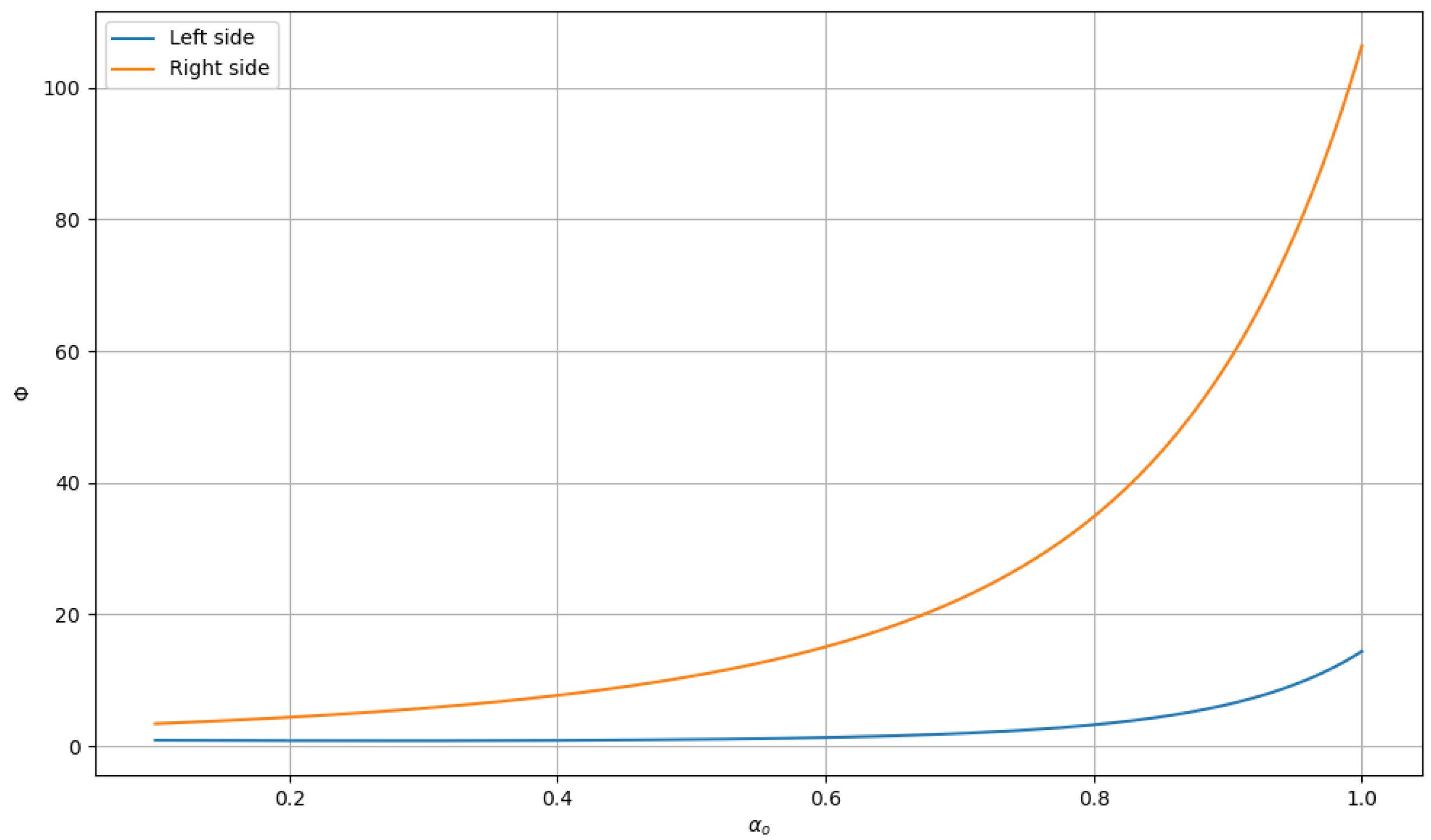
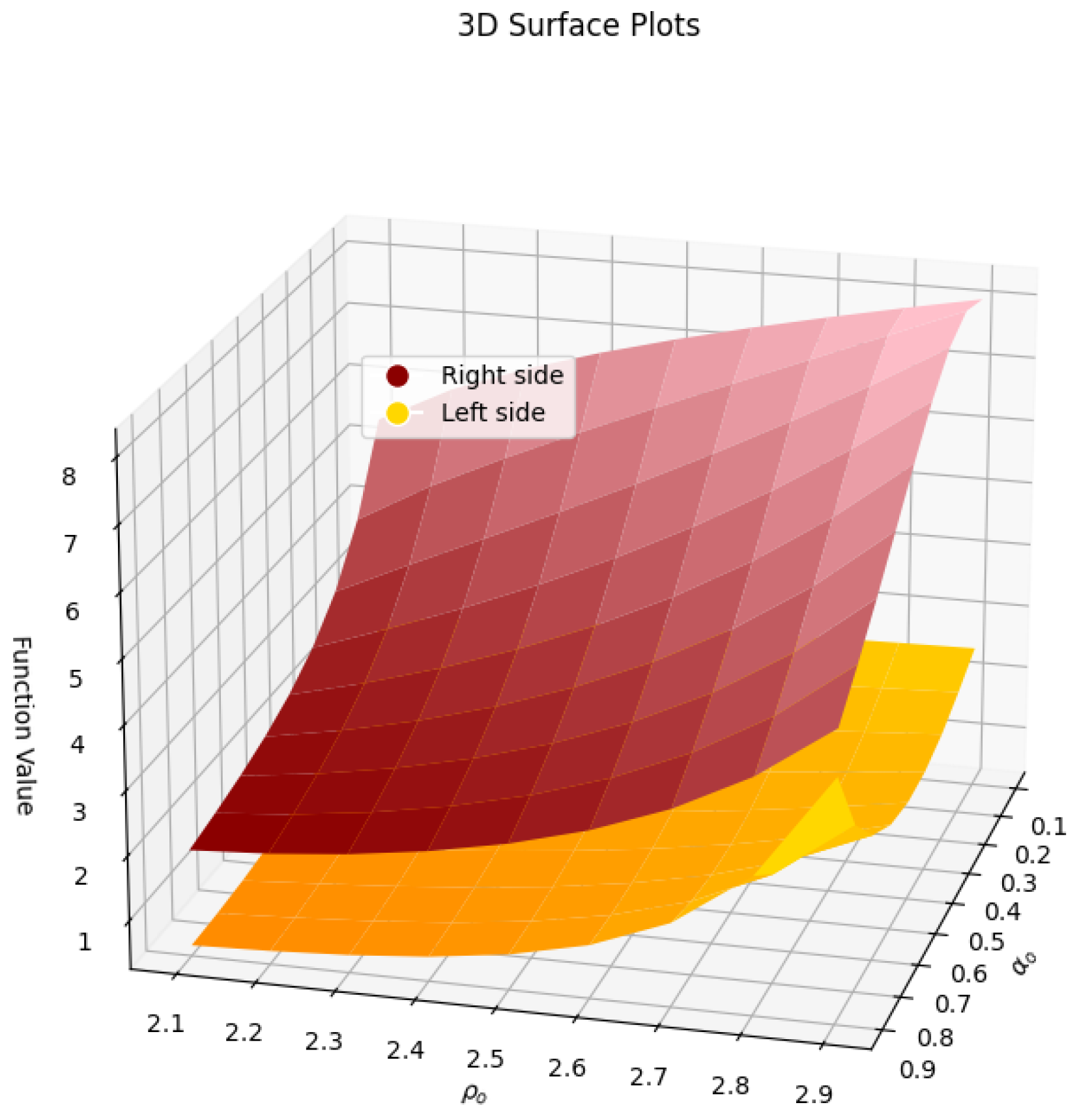
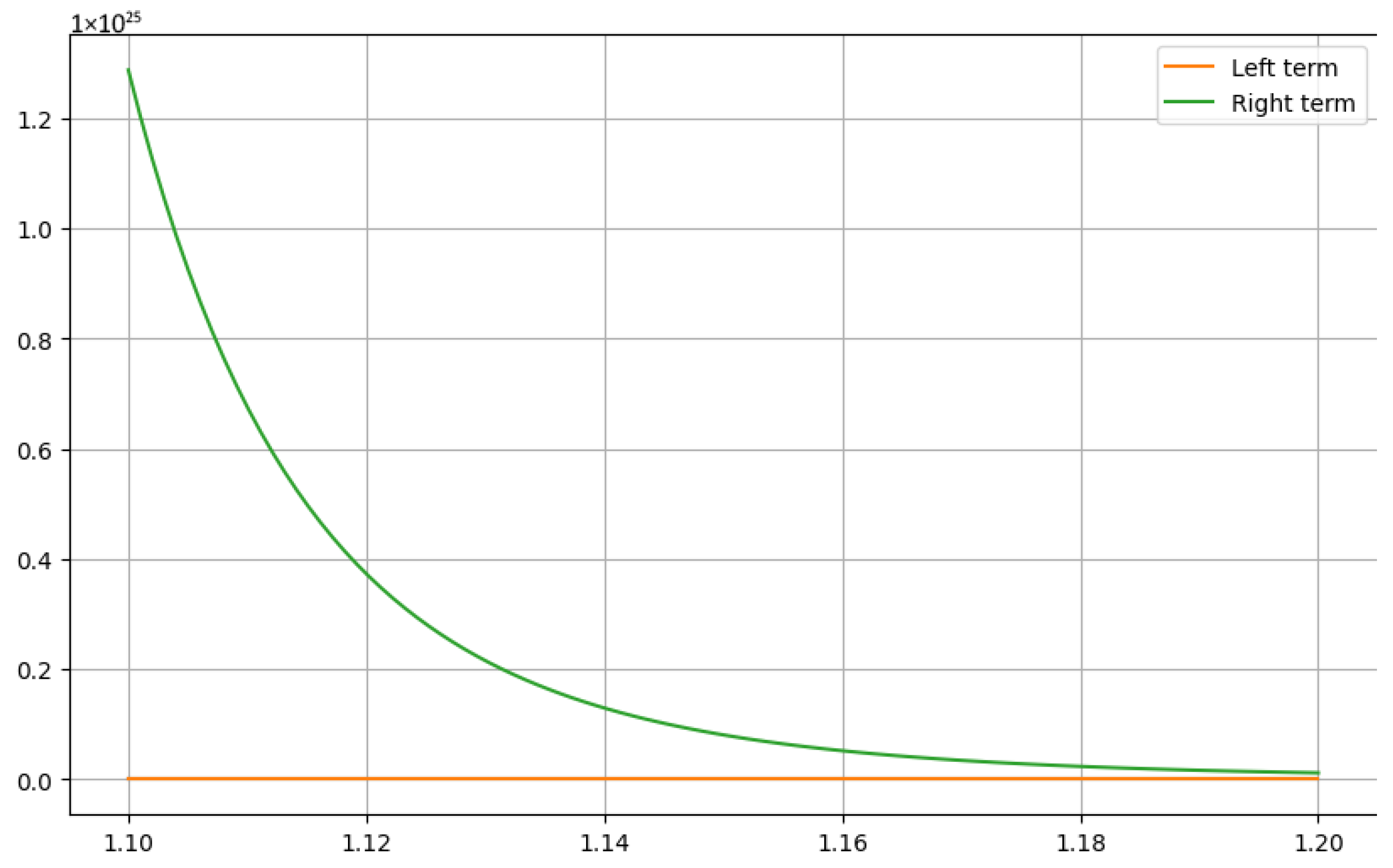
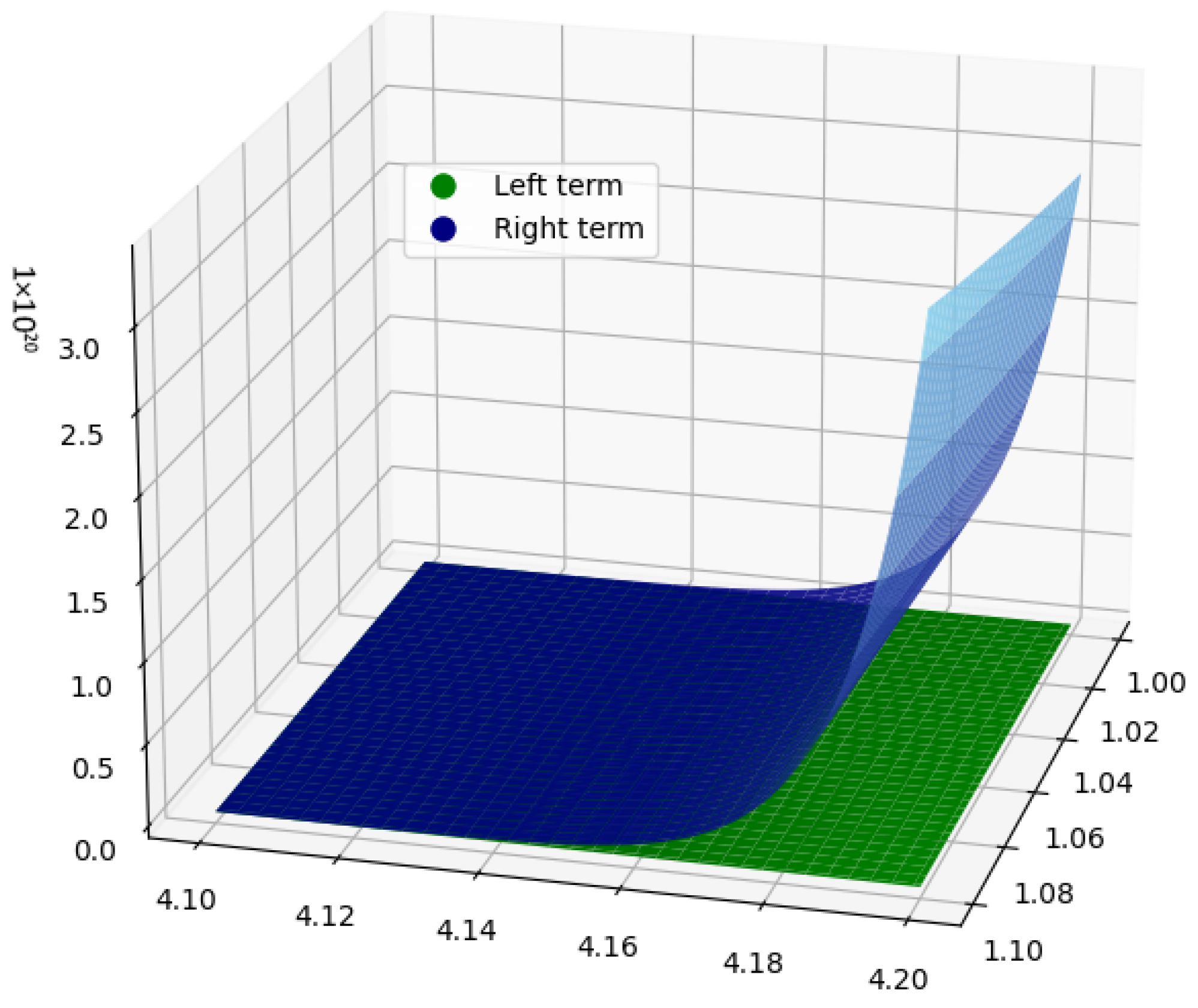
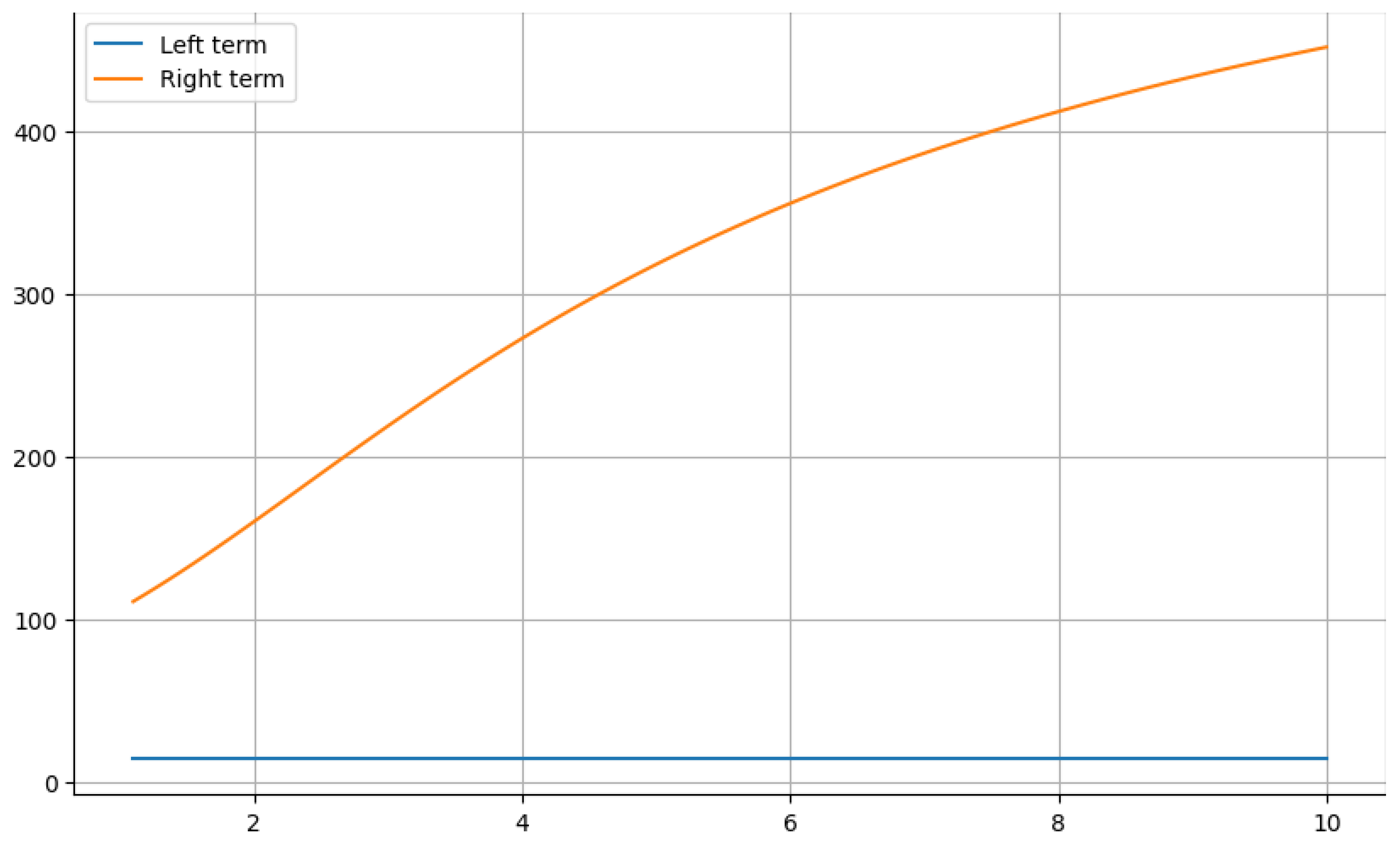

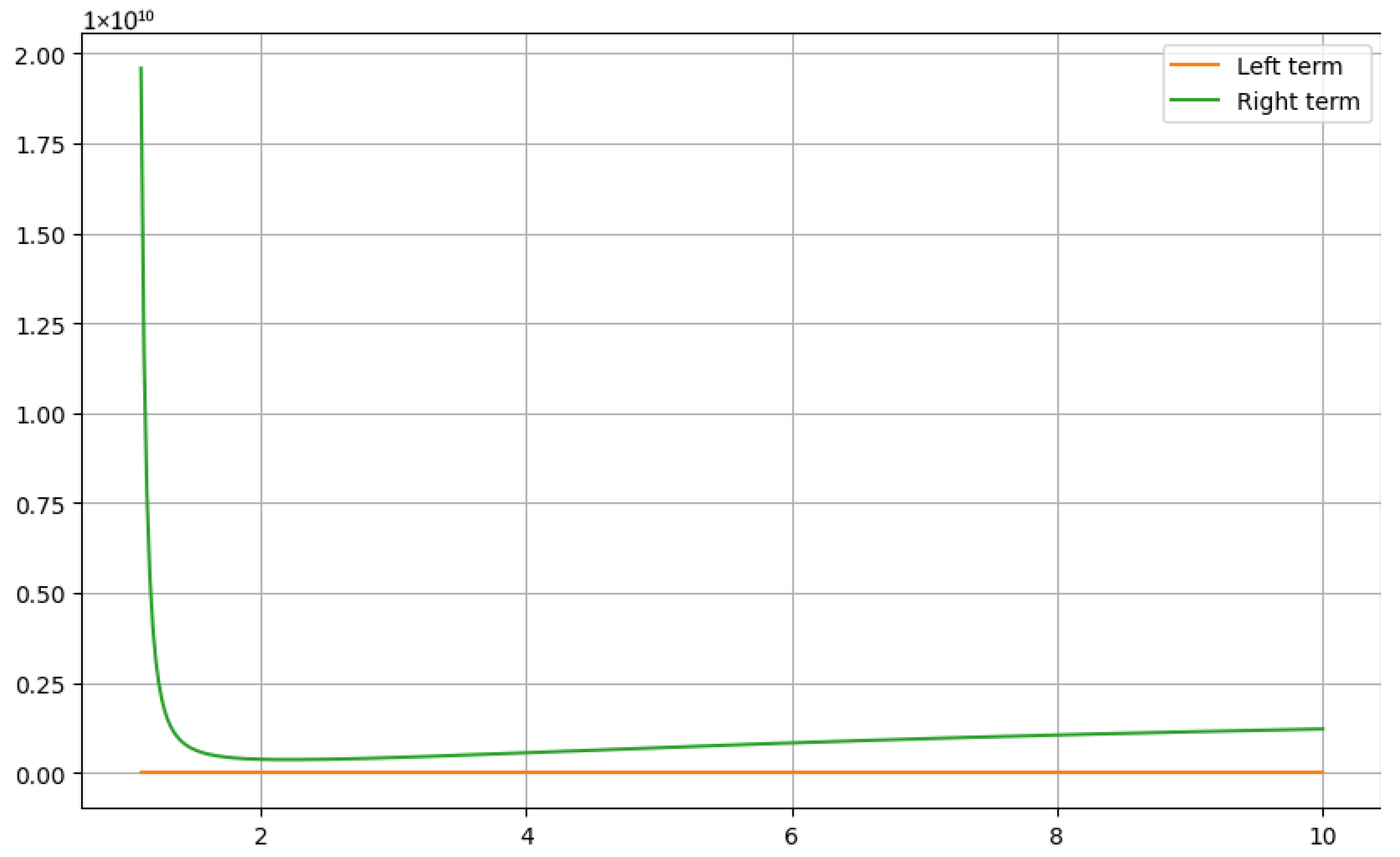
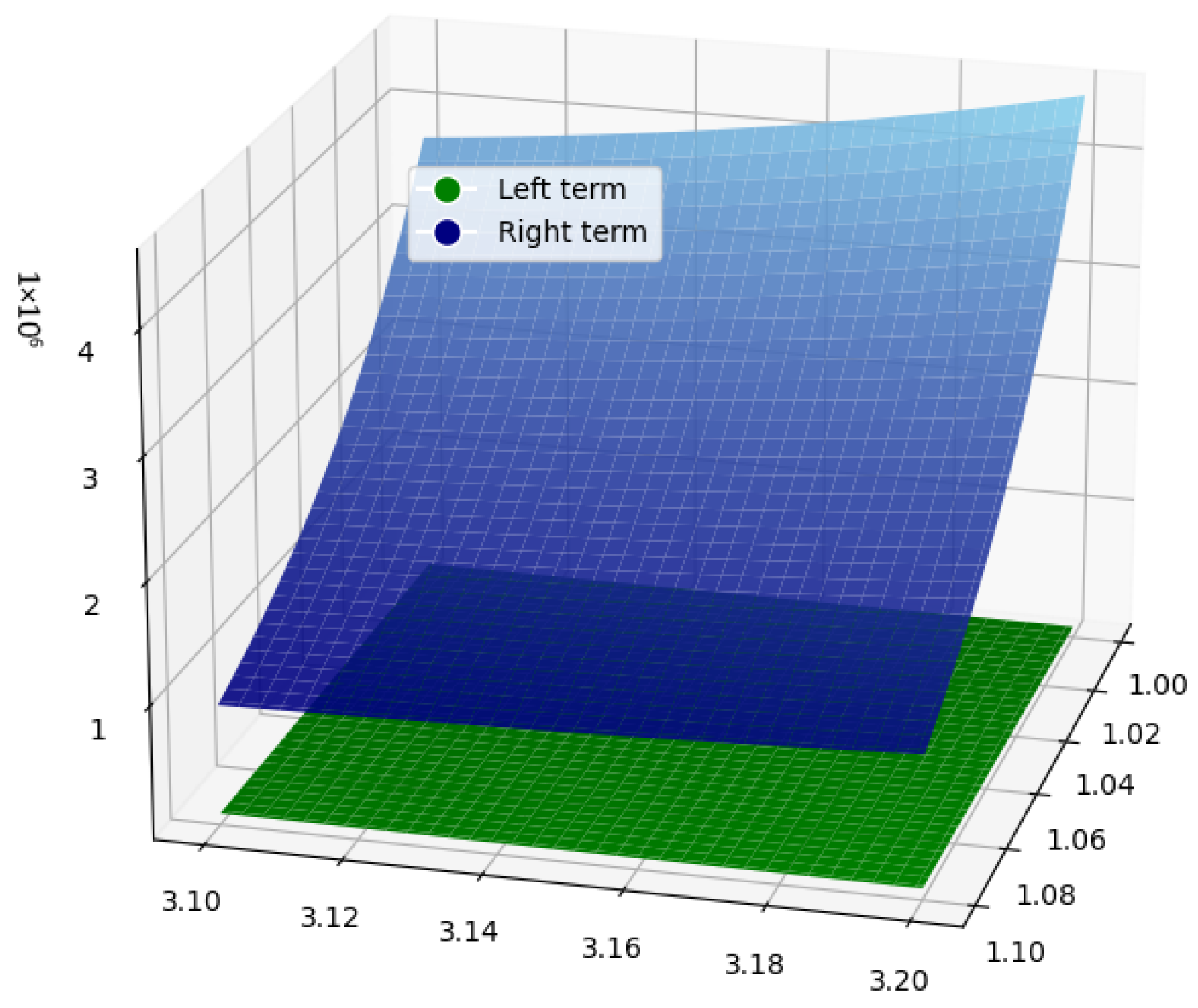
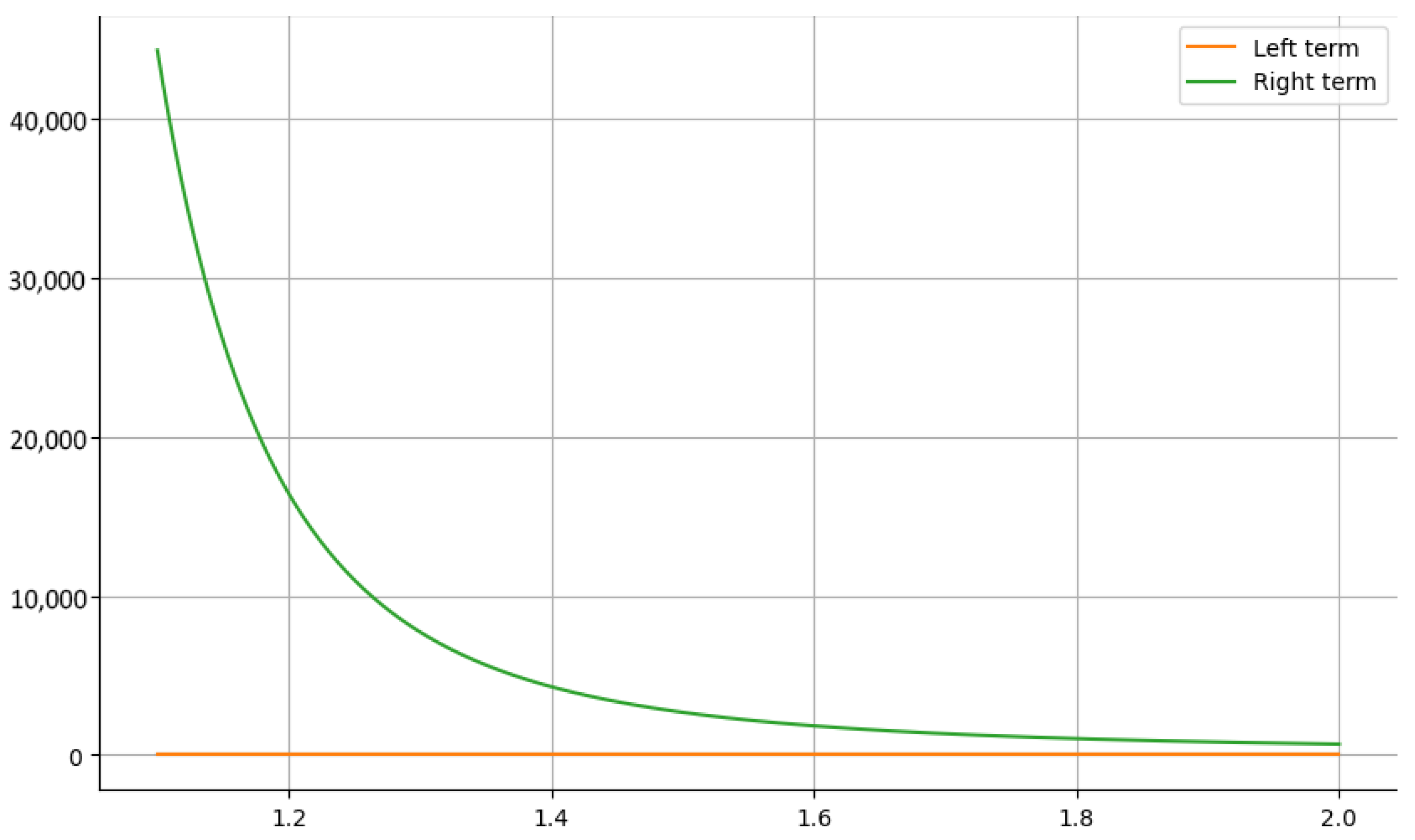


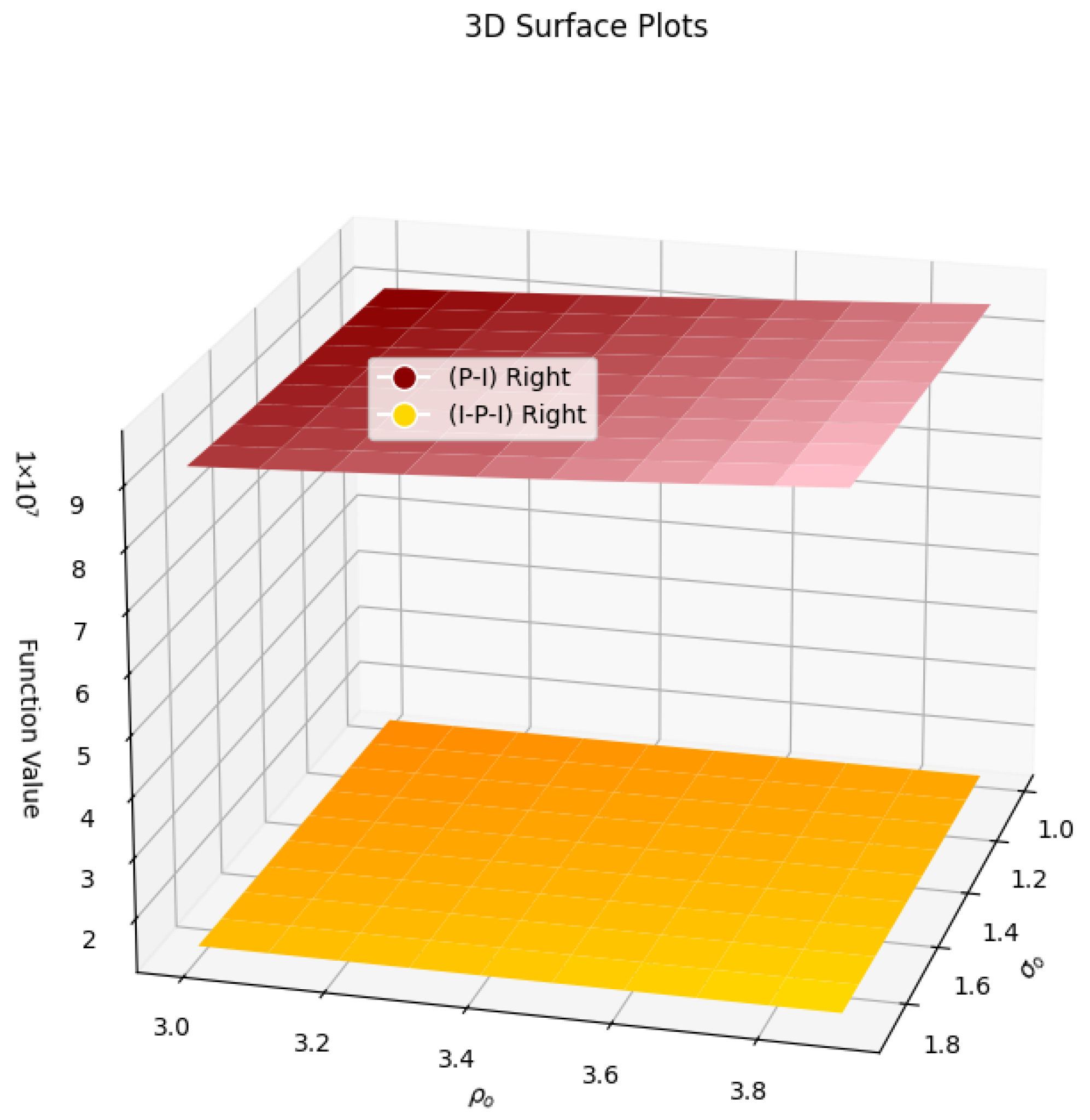
Disclaimer/Publisher’s Note: The statements, opinions and data contained in all publications are solely those of the individual author(s) and contributor(s) and not of MDPI and/or the editor(s). MDPI and/or the editor(s) disclaim responsibility for any injury to people or property resulting from any ideas, methods, instructions or products referred to in the content. |
© 2025 by the authors. Licensee MDPI, Basel, Switzerland. This article is an open access article distributed under the terms and conditions of the Creative Commons Attribution (CC BY) license (https://creativecommons.org/licenses/by/4.0/).
Share and Cite
Butt, S.I.; Mehtab, M.; Seol, Y. Parameterized Fractal–Fractional Analysis of Ostrowski- and Simpson-Type Inequalities with Applications. Fractal Fract. 2025, 9, 494. https://doi.org/10.3390/fractalfract9080494
Butt SI, Mehtab M, Seol Y. Parameterized Fractal–Fractional Analysis of Ostrowski- and Simpson-Type Inequalities with Applications. Fractal and Fractional. 2025; 9(8):494. https://doi.org/10.3390/fractalfract9080494
Chicago/Turabian StyleButt, Saad Ihsan, Muhammad Mehtab, and Youngsoo Seol. 2025. "Parameterized Fractal–Fractional Analysis of Ostrowski- and Simpson-Type Inequalities with Applications" Fractal and Fractional 9, no. 8: 494. https://doi.org/10.3390/fractalfract9080494
APA StyleButt, S. I., Mehtab, M., & Seol, Y. (2025). Parameterized Fractal–Fractional Analysis of Ostrowski- and Simpson-Type Inequalities with Applications. Fractal and Fractional, 9(8), 494. https://doi.org/10.3390/fractalfract9080494





